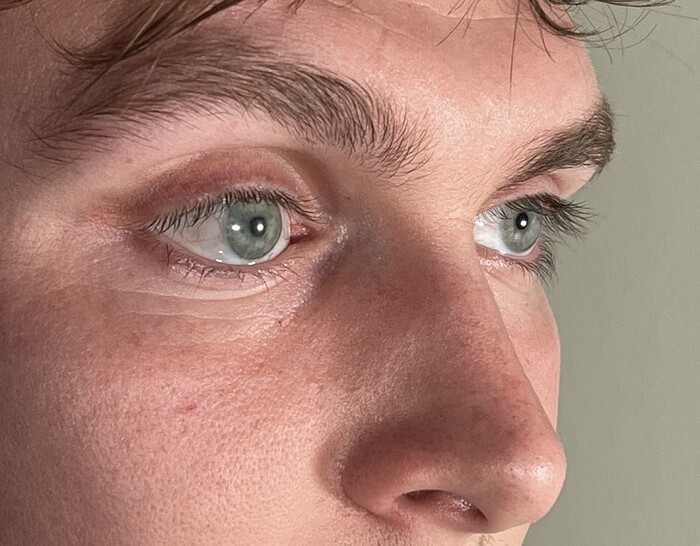(CNN) -
A British man is the world's first patient to have a 3D-printed eye fitted, according to London's Moorfields Eye Hospital.
Steve Verze, who is 47 years old and an engineer from Hackney, East London, received the left eye on Thursday and had it tested for the first time earlier this month.
Moorfields Eye Hospital said in a press release Thursday that the prosthesis is the first fully digital prosthetic eye created for a patient.
The eye is more realistic than other alternatives and is designed to have "clearer definition and true depth of the pupil," the hospital said.
Other prosthetic eyes consist of a hand-painted iris on a disc that is then embedded in the eye socket.
advertising
However, its design prevents light from passing "the full depth" of the eye, the hospital added in the statement.
Brain implants could restore sight to blind people
In addition to looking more realistic, the procedure is considered less invasive.
Traditional prosthetic placement requires that a mold be taken from the eye socket, whereas in 3D prosthetic eye development, the socket is digitally scanned to create a detailed image.
Verze's functional eye was also scanned to make sure both eyes look the same.
A possibility to cut waiting times 'in half'
The 3D image was then sent to Germany to be printed before being sent back to the UK, where it was finished and polished by an ocularist at Moorfields Eye Hospital.
"I have needed a prosthesis since I was 20 years old and I always felt self-conscious," Verze said according to the press release.
"When I leave the house, I often take a second look in the mirror and I don't like what I have seen. This new eye looks fantastic and being based on 3D digital printing technology, it is only going to get better and better." added.
They plan to create the largest community of 3D printed houses in the world
Moorfields Eye Hospital said 3D printing has the potential to "cut in half" the time it takes to develop a prosthetic eye, from six weeks to around two to three.
A spokesperson told CNN that a clinical trial with more patients would begin soon.
Professor Mandeep Sagoo, clinical leader of the project at Moorfields Eye Hospital and professor of ophthalmology and ocular oncology at University College London, said in a statement that he was "excited" by the potential of the new development method.
Speaking prior to the implantation of the eye, Sagoo said: "We hope that the next clinical trial will provide us with strong evidence on the value of this new technology, showing the difference it makes for patients."
Science United Kingdom




